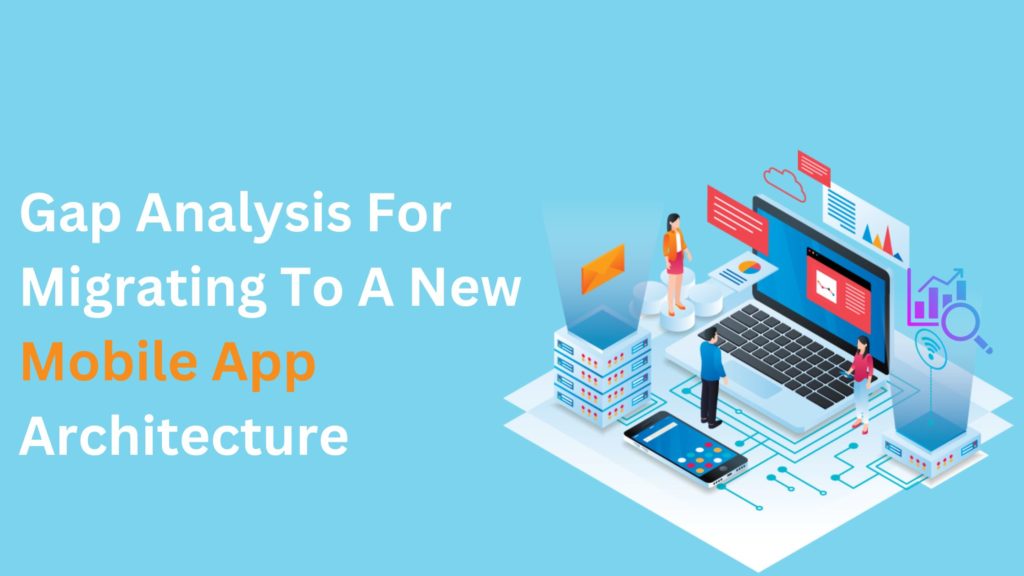
As the number of mobile apps rises, so does the competition for gaining space in this industry as the leading business. And that requires adapting to the latest technologies and architectural advancements.
With the assistance of an innovation-driven mobile app development company, you can migrate to a new mobile app architecture offering numerous benefits, from improved performance and scalability to enhanced user experiences. However, this transition is not without its challenges and a comprehensive gap analysis to ensure a smooth and successful migration.
In this blog, we’ll take a deep dive into the world of gap analysis for migrating to a new mobile app architecture.
-
Define App Migration Needs and Requirements
Before embarking on the journey of migrating to a new mobile app architecture, it’s essential to have a clear understanding of your needs and requirements.
You can look for the answers to these questions to understand what your audience truly wants from your app. This user-centric approach can uncover gaps in user expectations that need to be addressed during the migration.
-
Assessment of the Entire Process
The migration process is a multifaceted journey, and assessing it in its entirety is crucial. It’s not just about the technical aspects but also about understanding the people, processes, and potential challenges.
By analyzing the existing app’s strengths and weaknesses, you can uncover gaps in functionality that need to be addressed in the new architecture. Furthermore, it will help identify gaps in the workflow, potential bottlenecks, and areas that require special attention.
-
Plan the Workflow
Planning is the cornerstone of a successful migration. A well-defined workflow plan ensures that every step of the migration is meticulously organized. This not only prevents critical tasks from being overlooked but also aids in recognizing gaps in the sequence of tasks, dependencies, and resource allocation.
-
Analyze the Architecture for Better Vision
Deep architectural analysis is key to understanding the gap between your current and future states. It’s not just about recognizing the structural differences but also about gaining a better vision of what the new architecture can offer in terms of functionality, performance, and user experience.
-
Create a Checklist for App Migration
A migration checklist serves as a safety net against potential gaps. It lists all essential tasks and milestones, ensuring that nothing critical is missed during the migration. A well-structured checklist provides a clear roadmap, preventing gaps in the project’s progression.
-
Find Out the Technical Needs
Identifying the technical requirements for the new architecture is essential for preventing gaps in technology, hardware, or software compatibility. A failure to address these technical needs can lead to substantial gaps in the migration process.
-
Test the App: Identify and Remove Errors
Rigorous testing is a critical phase in any migration. It’s during testing that you identify and address gaps in the new architecture. This phase helps uncover errors, inconsistencies, and functionality gaps that could disrupt the user experience.
Identifying gaps in functionality and performance more efficiently can provide valuable data to inform your decision-making during the migration.
-
Follow the Security and Compliance Requirements
Ensuring that your new mobile app architecture complies with security standards and industry regulations is paramount. Neglecting security and compliance requirements can lead to significant gaps, including potential data breaches and legal consequences.
Also read: What are the Advantages of Cloud-Native App Development?
Conclusion
Migrating to a new mobile app architecture is a transformative journey that can take your app to new heights. However, it’s a journey filled with potential gaps that need to be addressed to ensure success.
With reliable mobile app development services, you can create a roadmap to a seamless and successful migration. Moreover, having a trustworthy security partner can help you understand the complexities of mobile app architecture migration and guide you through every step of the process.
